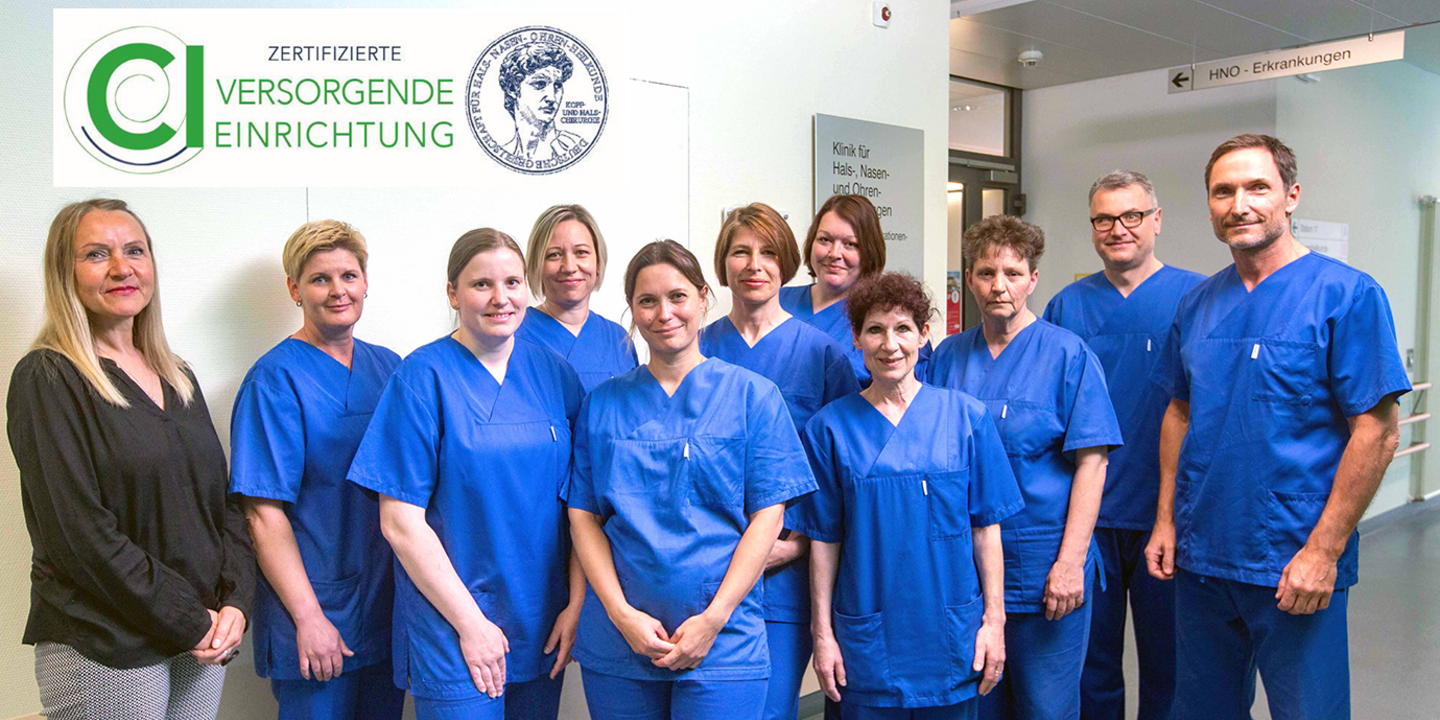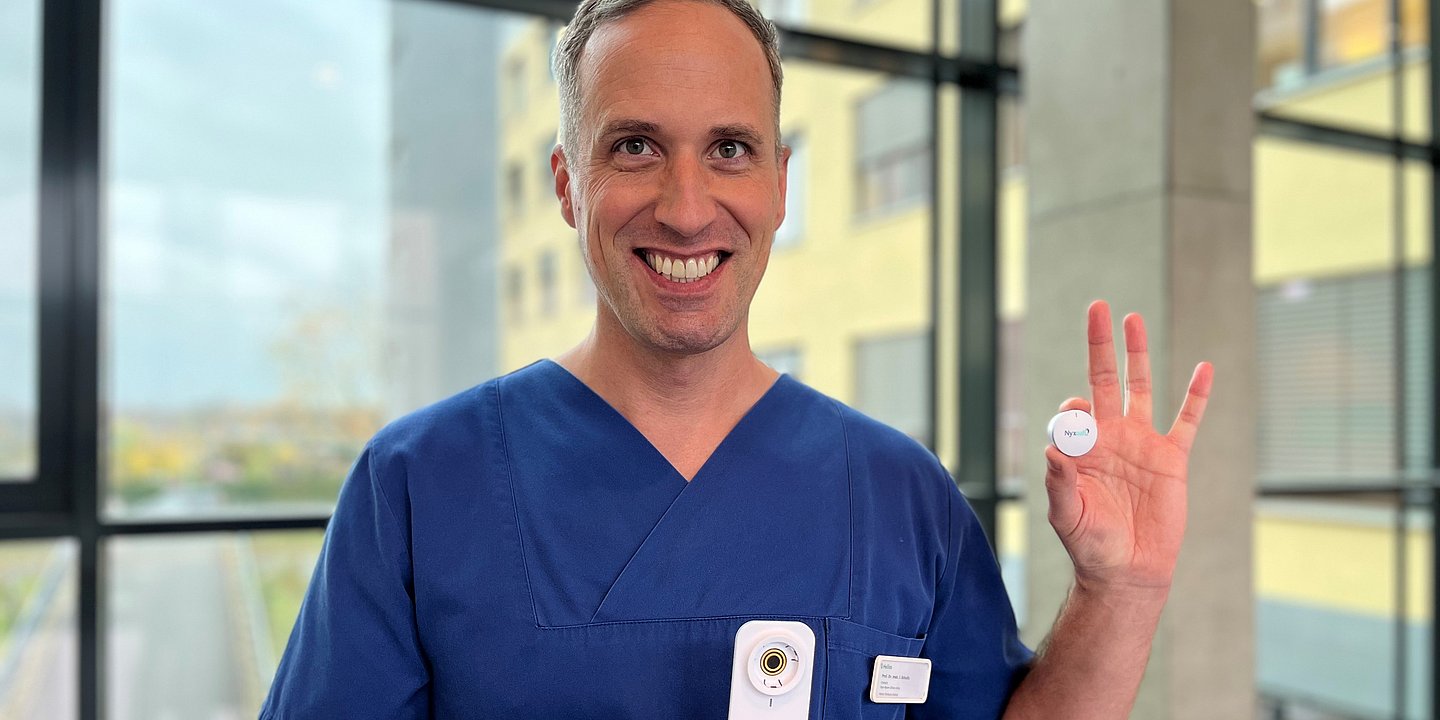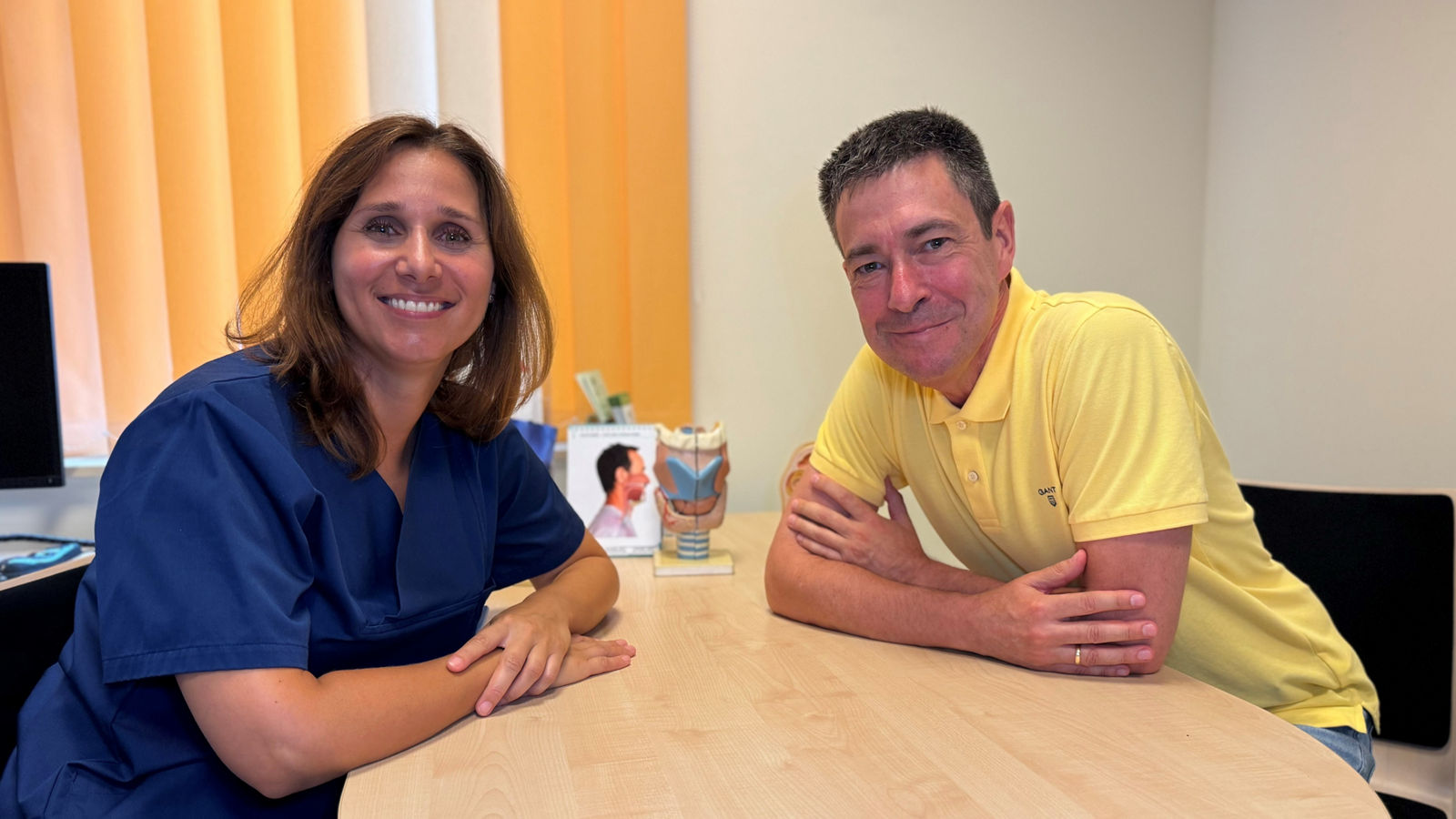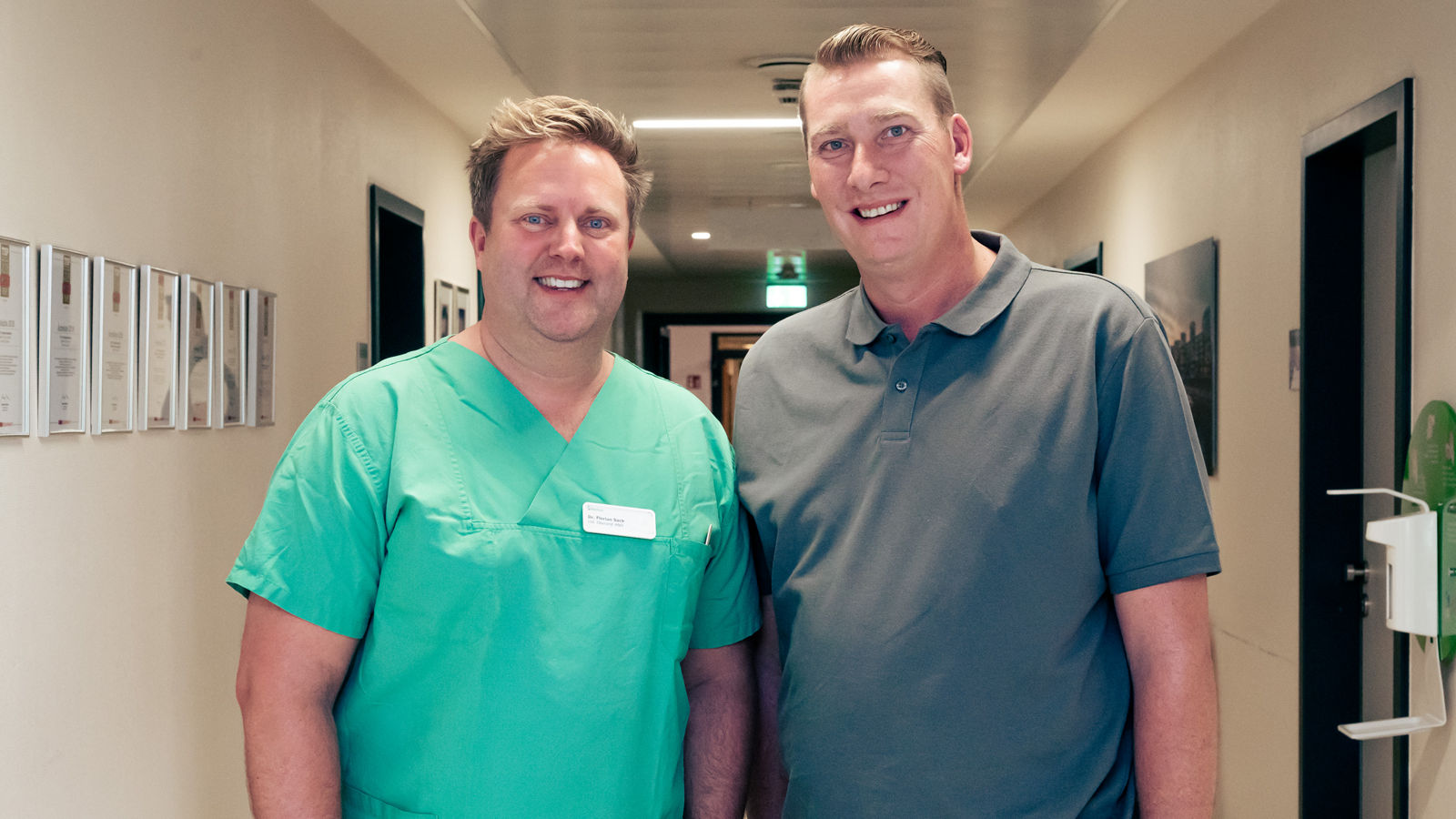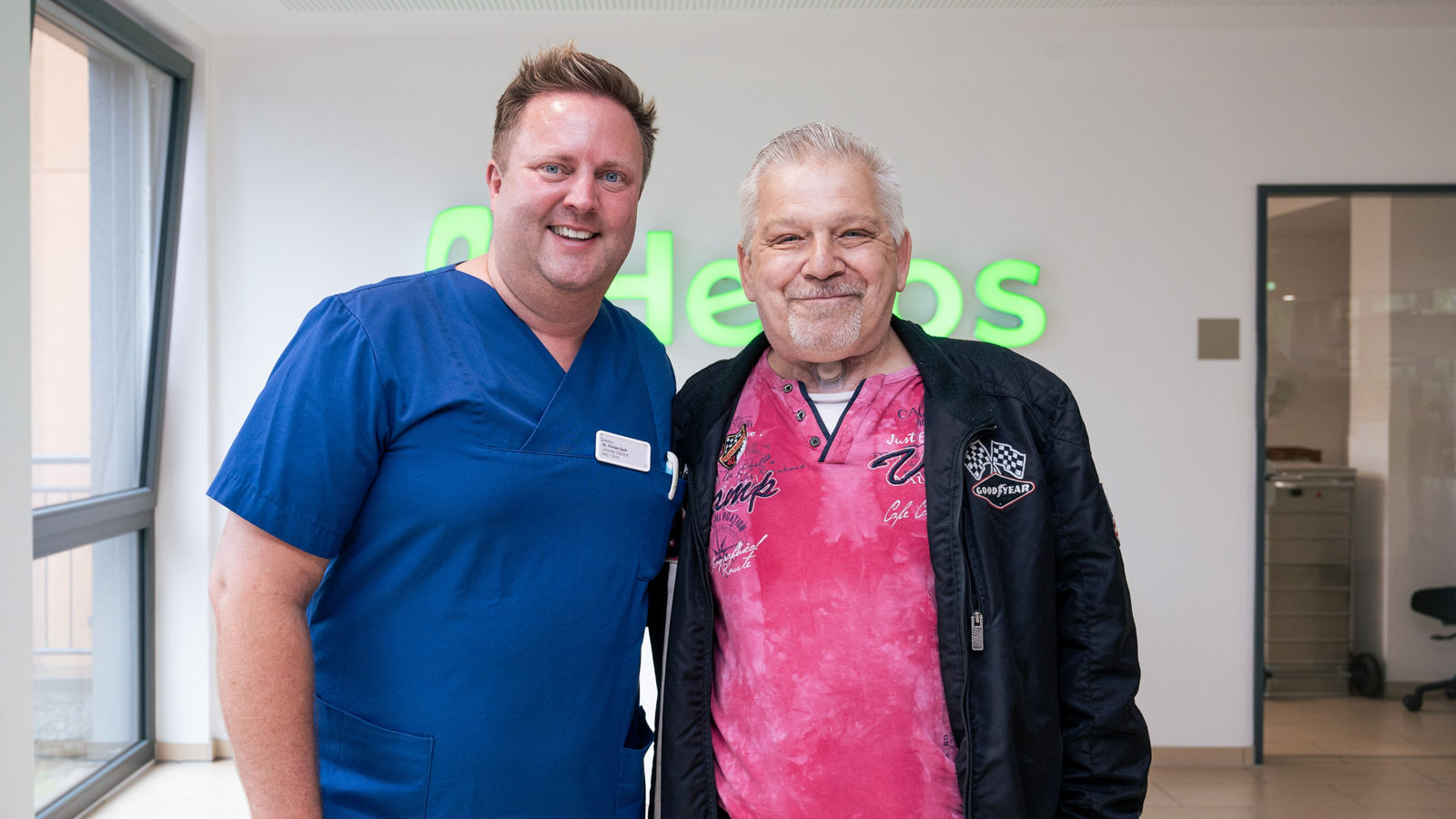
Reconstructive surgery retains tongue functionality after tumor resection
Oropharyngeal cancers remain clinically mute for a long time. In advanced stage cancer, it is necessary to maintain the central functions of the tongue, thus preserving an important aspect of the quality of life. For this, otorhinolaryngologists from the Head and Neck Cancer Center at the Helios Hospital in Krefeld reconstruct the remote areas using microsurgical transplantation with autologous tissues. Few clinics in Germany offer this method.
The mean age of patients with head and neck tumors has changed: there are more and more patients aged 40 to 50 years with tumors of the oral cavity and throat. The currently known risk factors for the development of carcinoma are alcohol and nicotine consumption, sexually transmitted human papillomavirus (HPV) infection. Depending on the tumor stage and the disease severity, large parts of the tongue might be surgically removed as part of treatment. In some cases, with especially large defects, a microvascular reconstruction of the tongue may be necessary using the transplanted tissue from the forearm, hip, or back to better restore the functionality of the complex muscle organ.
“Our tongue is essential for chopping and pushing food, tasting, swallowing, and speaking. To do this, it needs volume, tactile sensations and, of course, taste buds,” explains Professor Johannes Schulz, chief otorhinolaryngologist and head of the Head and Neck Cancer Center, certified by the German Cancer Society. “Its size and mobility are crucial. To fill the oral cavity and preserve its functions and abilities as much as possible. To do this, after the tumor resection, we replace the largest defects with the tissues of the patient’s body and connect them with the existing blood vessels and nerve structures by microsurgery.”
To remove the tongue tumor and immediately reconstruct the affected area, two teams of surgeons under his leadership work in parallel—one removes the cancerous tissue from the oral cavity, the other obtains the components for reconstruction from another part of the body, usually from the forearm: skin, subcutaneous adipose tissue, blood vessels, and nerves. The graft must be pliable and flexible in order to model a perfectly fitting copy of the removed region within the oral cavity. Thus, after successful ingrowth of the transplanted tissue, the reconstructed tongue regains its original volume, mobility, and sensitivity.
Reconstructive methods for maintaining the shape and function of the organ are gaining an increasing role in the surgical treatment of oral cavity cancer. “Unfortunately, as a result of late symptoms and fear of treatment, patients often refer to a doctor only at advanced stages, when there is a need for complex surgeries with reconstruction,” says Professor Schultz. “In this way, we can significantly improve the quality of life of these patients. Speaking and swallowing, as a rule, recover after some exercise, and the protective function of the tongue during breathing is preserved,” this is how an experienced surgeon specializing in head and neck tumors explains the importance of reconstruction. The ENT clinic at the Head and Neck Cancer Center certified by the German Cancer Society serves more than 150 patients with cancers of the oral cavity, nose, throat, larynx, and upper respiratory tract a year.

